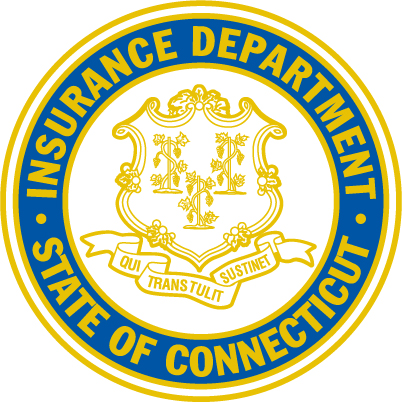Best State for K-12 Education? Connecticut Ranked #1
/For the second consecutive year, Connecticut ranks first in the U.S. for its K-12 education system, according to a new ranking of states, one of only four states to earn an “A” on the annual report card. An analysis by the financial website SmartAsset found that 75 percent of Connecticut high school graduates go on to attend college within 12 months of graduation, the third-highest college attendance rate in the U.S. Connecticut also has the seventh-highest rate of participation in the advanced placement (AP) program, with 42 percent of 11th and 12th graders taking an AP class in 2015. Of those, more than 70 percent scored at least a 3 on their exam, the second-best percentage in the U.S. (A 3 is generally the minimum score required to be eligible for college credit from an AP class.)
 Following Connecticut in the top ten are New Jersey, Massachusetts, and Delaware, the only other states to receive an “A”, followed by North Dakota, New Hampshire, New York, Nebraska, Montana and Virginia. Connecticut, New Jersey and Massachusetts also ranked 1-2-3 a year ago.
Following Connecticut in the top ten are New Jersey, Massachusetts, and Delaware, the only other states to receive an “A”, followed by North Dakota, New Hampshire, New York, Nebraska, Montana and Virginia. Connecticut, New Jersey and Massachusetts also ranked 1-2-3 a year ago.
"According to the National Education Association, Connecticut's public school revenue per student is $19,262, which places it fifth in the country when it comes to funding per student. Additionally, Connecticut ties with Nebraska for the ninth-best student-teacher ratio in the U.S., with roughly 13 students for every teacher," pointed out SmartAsset Data Editor Nick Wallace.
To determine which states have the best schools, SmartAsset reviewed seven metrics of school quality and performance in all 50 states. Along with the overall graduation rate in each state, they looked at measures such as the percentage of students taking a co llege entrance exam, the percentage of students taking an advanced placement test and the student-teacher ratio.
llege entrance exam, the percentage of students taking an advanced placement test and the student-teacher ratio.
There was a significant negative correlation (-44 percent) between the student-teacher ratio in states and the graduation rate, the analysis indicated. States with a lower student-teacher ratio tended to have a higher graduation rate. Seven of the eight states that received an F in SmartAsset’s analysis are in the western U.S. Nevada, Arizona and Oregon, for example, have student-teacher ratios that are higher than average and graduation rates that are lower than average.
Since public school districts are funded and administered at the state and local level, there are large disparities between states when it comes to school performance, the website pointed out. While the national high school graduation rate is about 80 percent, a handful of states have a graduation rate of 90 percent. Connecticut’s rage is 87 percent. At the bottom of the graduation rate list are New Mexico, at 69 percent and Nevada at 70 percent.


 Callahan’s extensive touring, public speaking, and teaching make her a natural fit for the position. “
Callahan’s extensive touring, public speaking, and teaching make her a natural fit for the position. “

 ents currently working on the Hartford Hand initiative. Each week, Welch and colleagues Yonathan Moshayev, Jake Green, Amber Sayer, and Stephen Sousa, spend several hours improving the current design to make the unique Hartford Hand a reality for patients.
ents currently working on the Hartford Hand initiative. Each week, Welch and colleagues Yonathan Moshayev, Jake Green, Amber Sayer, and Stephen Sousa, spend several hours improving the current design to make the unique Hartford Hand a reality for patients.

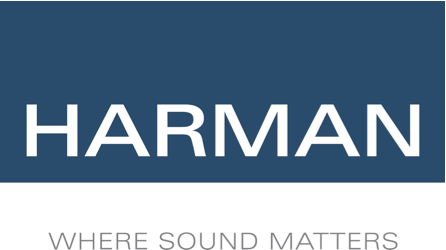
 with the addition of headrest and ceiling speakers.
with the addition of headrest and ceiling speakers.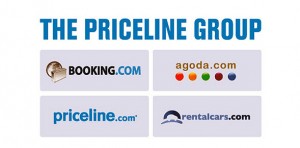
 Nationally, 2015 saw the largest single-year percent increase in motor vehicle deaths since 1966. Estimates from the National Safety Council (NSC) show an 8 percent increase in 2015 compared with 2014 – with substantial changes in some states, including Connecticut. There were 283 motor-vehicle related deaths in Connecticut last year, compared with 249 in 2014 and 276 in 2013.
Nationally, 2015 saw the largest single-year percent increase in motor vehicle deaths since 1966. Estimates from the National Safety Council (NSC) show an 8 percent increase in 2015 compared with 2014 – with substantial changes in some states, including Connecticut. There were 283 motor-vehicle related deaths in Connecticut last year, compared with 249 in 2014 and 276 in 2013.
 safety, the National Safety Council recommends drivers:
safety, the National Safety Council recommends drivers: When Connecticut voters go to the polling places on Tuesday, April 26, voters in nearly two-thirds of the states will already have made their preferences known. The same day as Connecticut, presidential primaries will also be held in Delaware, Maryland, Pennsylvania and Rhode Island. The previous week, primaries will be held in New York, a state called home, at various times, by three of this year’s leading contenders – Hillary Clinton, Bernie Sanders and Donald Trump.
When Connecticut voters go to the polling places on Tuesday, April 26, voters in nearly two-thirds of the states will already have made their preferences known. The same day as Connecticut, presidential primaries will also be held in Delaware, Maryland, Pennsylvania and Rhode Island. The previous week, primaries will be held in New York, a state called home, at various times, by three of this year’s leading contenders – Hillary Clinton, Bernie Sanders and Donald Trump.
 diana, New Mexico, California, New Jersey, Nebraska, West Virginia, Oregon and Montana. Most states have their Democratic and Republic primaries on the same day, although a handful hold party primaries on different days. South Carolina’s Republican primary will be on February 20, for example, and its Democratic primary on February 27.
diana, New Mexico, California, New Jersey, Nebraska, West Virginia, Oregon and Montana. Most states have their Democratic and Republic primaries on the same day, although a handful hold party primaries on different days. South Carolina’s Republican primary will be on February 20, for example, and its Democratic primary on February 27.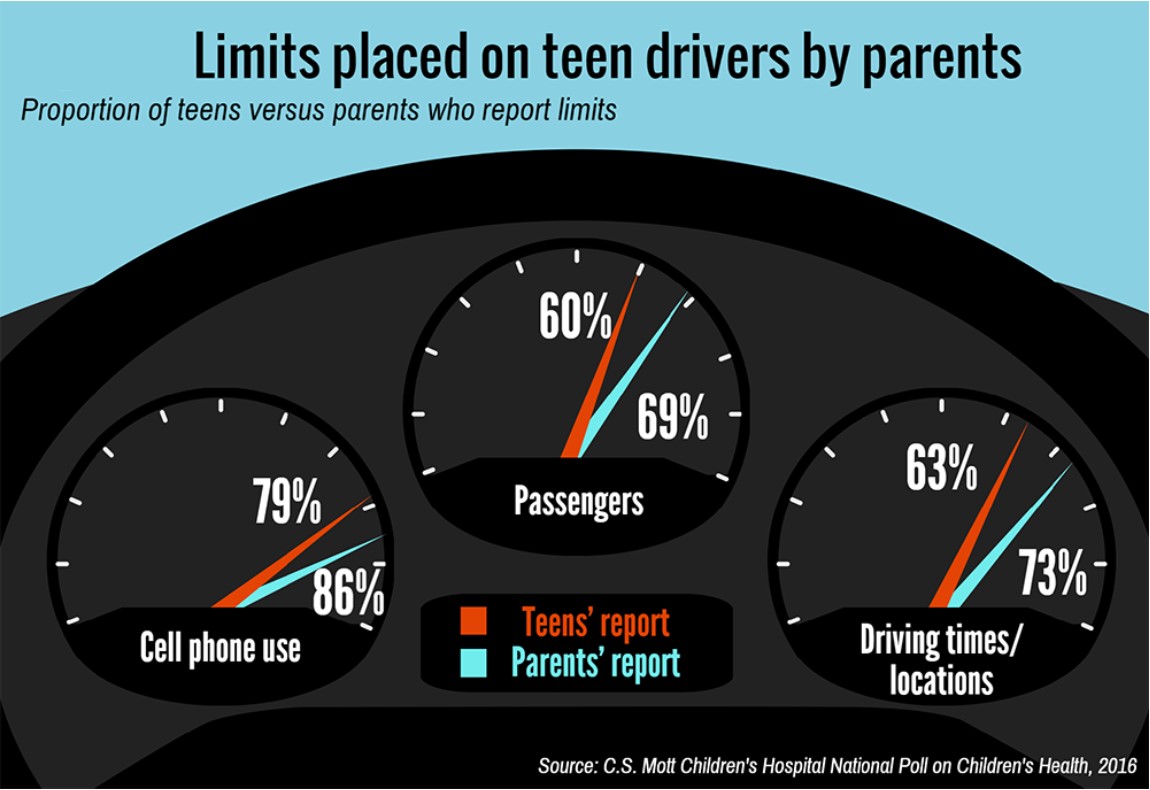

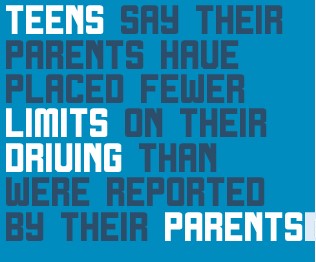
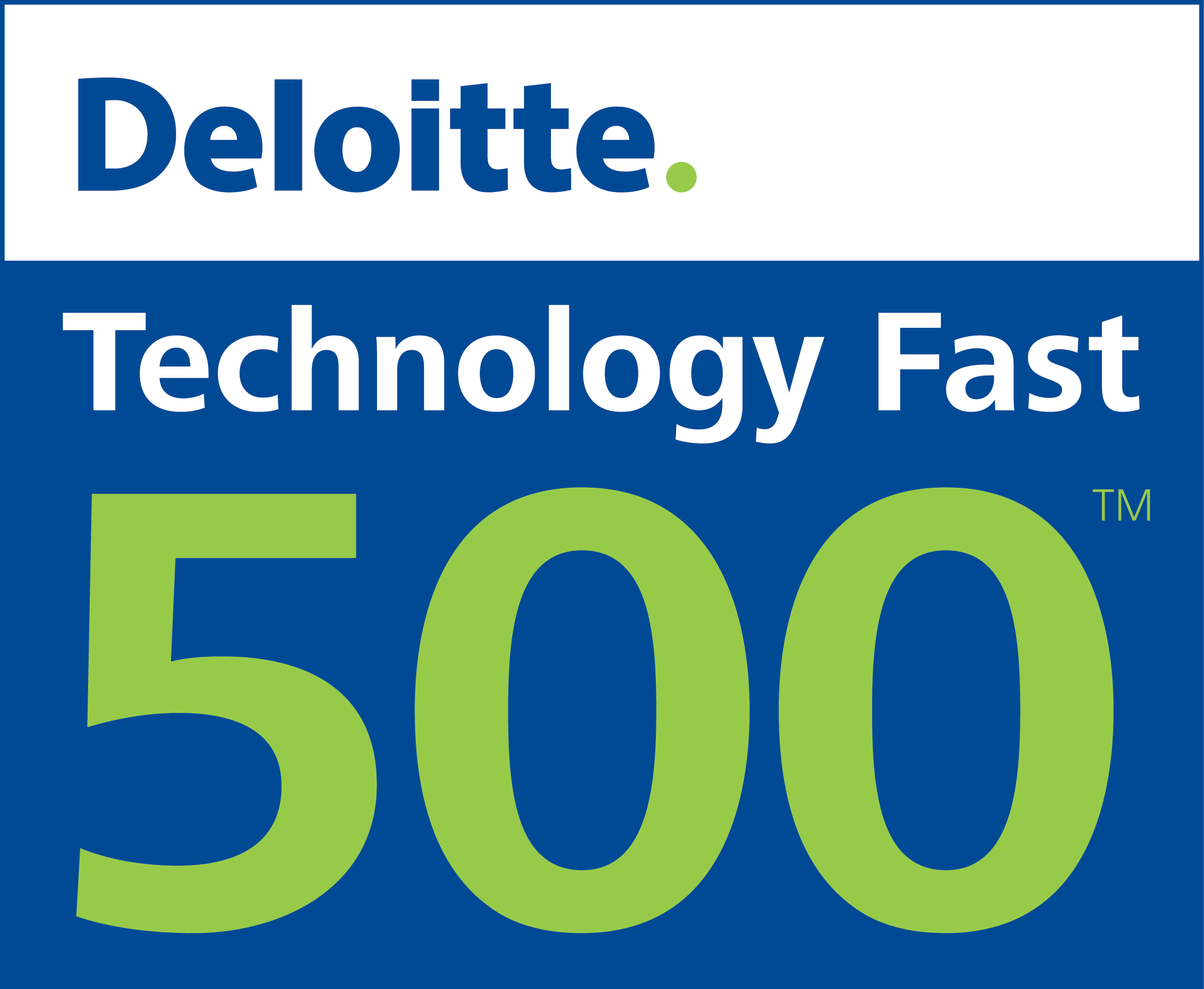

 Also making the list were Evariant of Farmington, a software developer, at number 272, and HP One, a software company in Trumbull at number 307. Biopharmaceutical company Alexion, in the midst of moving its headquarters from Cheshire to New Haven, was ranked at number 349, and etouches, a Norwalk software company ranked at number 357. Rounding out the Connecticut companies on the list is Wallingford oil extraction technology company APS Tecnhology, at number 466.
Also making the list were Evariant of Farmington, a software developer, at number 272, and HP One, a software company in Trumbull at number 307. Biopharmaceutical company Alexion, in the midst of moving its headquarters from Cheshire to New Haven, was ranked at number 349, and etouches, a Norwalk software company ranked at number 357. Rounding out the Connecticut companies on the list is Wallingford oil extraction technology company APS Tecnhology, at number 466.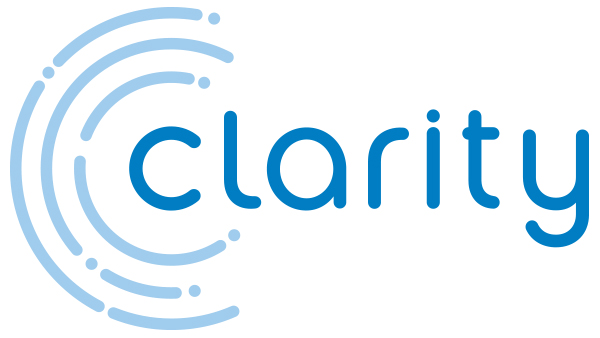 rough technology’s continued disruption and proliferation across industries,” said Sandra Shirai, principal, Deloitte Consulting LLP and US technology, media, and telecommunications leader.
rough technology’s continued disruption and proliferation across industries,” said Sandra Shirai, principal, Deloitte Consulting LLP and US technology, media, and telecommunications leader.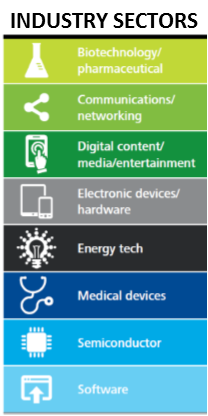 Overall, 283 of the 500 companies were in the software sector, and 67 percent of the 500 companies have received venture capital funding at some point in their company’s history. Topping the list was StartApp, with a growth rate of 21,984 percent from 2011 to 2014. Based in New York and founded in 2010, StartApp provides a free monetization and distribution platform that integrates with applications on mobile devices.
Overall, 283 of the 500 companies were in the software sector, and 67 percent of the 500 companies have received venture capital funding at some point in their company’s history. Topping the list was StartApp, with a growth rate of 21,984 percent from 2011 to 2014. Based in New York and founded in 2010, StartApp provides a free monetization and distribution platform that integrates with applications on mobile devices.

